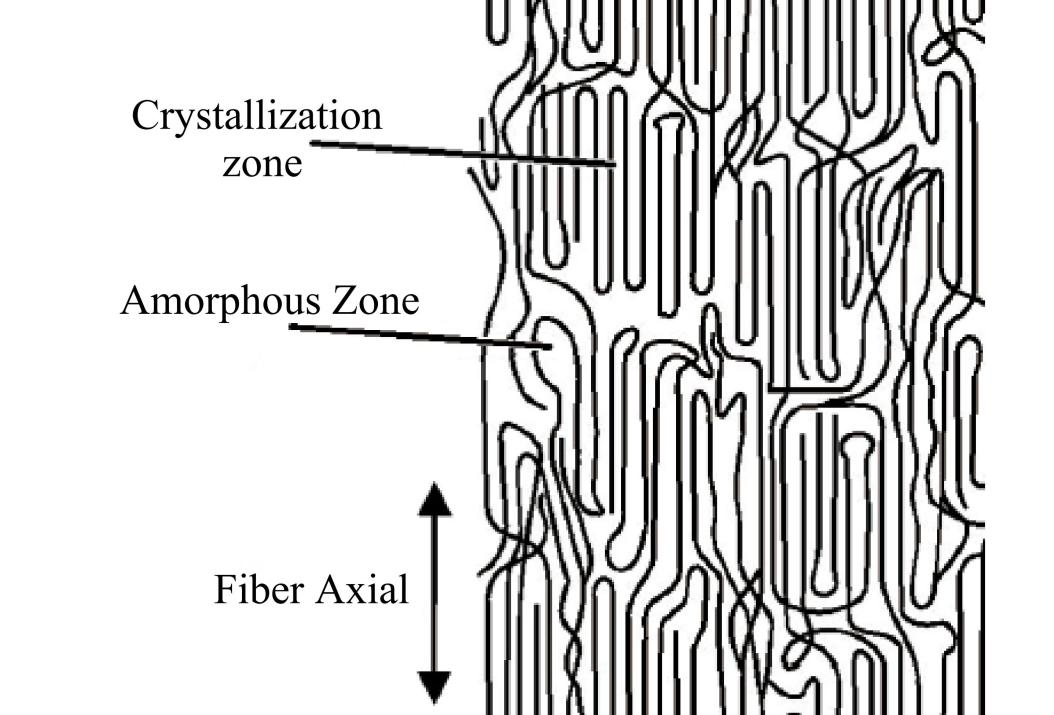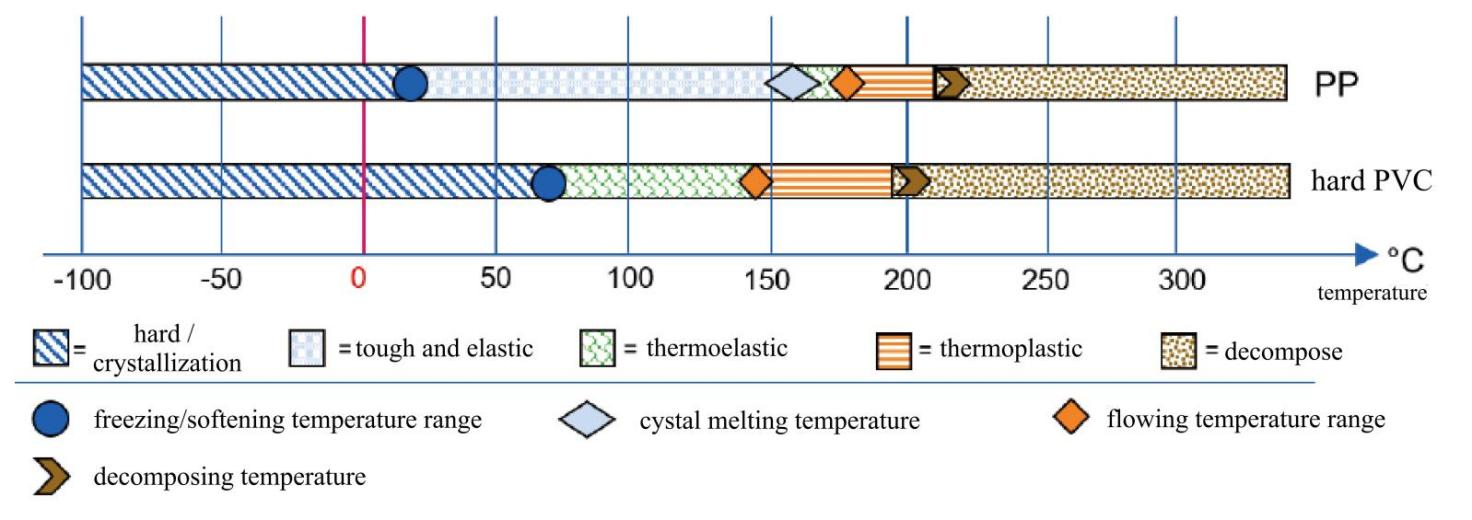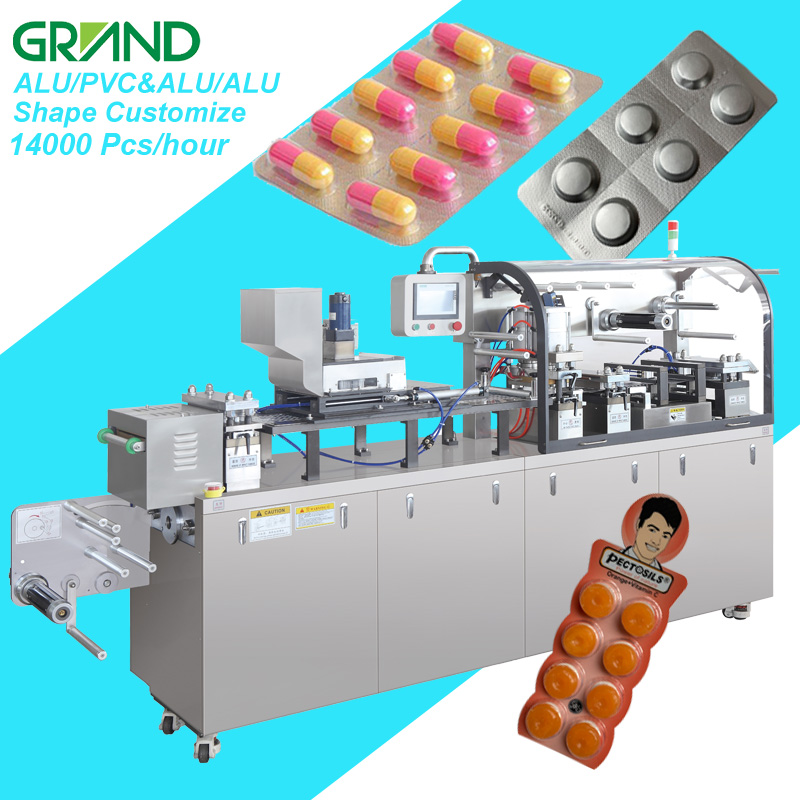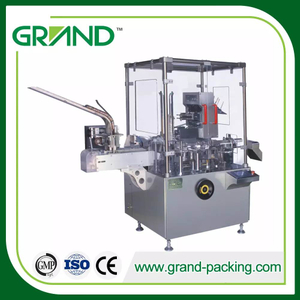New Trends in Blister Packaging: Challenges and Responses to Polypropylene Applications
Polyvinyl chloride (PVC for short) and polyvinylidene chloride (PVDC for short) are two blister packaging materials commonly used in the pharmaceutical industry. This article conducts a brief analysis and shares some coping strategies.
PVC sheet is a pharmaceutical blister packaging material. It is easy to form and seal, is low in price, and can provide sufficient support and protection for glass packs such as ampoules, vials, and syringes, so it is widely used by pharmaceutical companies in production. However, the moisture-proof and oxygen-resistant properties of PVC are not very good. Some products packaged with low-quality PVC often fail to pass the stability test of packaging materials due to moisture absorption or oxidation.

Therefore, in subtropical or tropical regions with high humidity, pharmaceutical companies usually choose PVDC for packaging for products that are prone to moisture absorption or are unstable after moisture absorption. Its different coating thickness can also achieve different barrier properties, so PVDC sheet has become one of the commonly used packaging materials in the pharmaceutical industry due to its good moisture resistance and excellent easy forming and sealing properties.

However, PVC and PVDC also have many disadvantages. Because there is no good recycling and reuse process, the waste packaging materials can only be landfilled or burned, and these two materials will produce hydrochlorides during combustion, which does not meet the environmental protection standards. Therefore, pharmaceutical companies have been looking for alternatives to them. In this case, PP film has entered the field of vision of pharmaceutical companies as a substitute with good performance.
Material Structure of PP

PP is a partially crystalline plastic with high transparency. As a blister packaging material, it can overcome some shortcomings of PVC and PVDC. PP sheet has good barrier properties. Experiments have shown that the water vapor transmission rate of uncoated PP is lower than that of uncoated PVC, which is basically the same as that of PVC with PVDC coating. If the sealing layer is made from PP, the sheet is also comparable to that of aluminum foil: the sheet is suitable for all printing processes and can be easily opened to take out medicines like common aluminum foil, and has a sealing performance comparable to that of aluminum foil.
Another important advantage of PP is environmental protection: it is easy to recycle and does not release toxins when incinerated.
Despite having so many advantages, there are still fewer blister packs singly made from PP than other aluminum-plastic blister packs in the market today. This is because PP blister packaging does not have the processability as good as PVC. The problems mainly focus on the following aspects: First, the thermal expansion and cold contraction of PP are more obvious; second, PP can only be formed in a very narrow temperature range; third, it cannot be used without auxiliary forming; fourth, the forming temperature of PP is higher, which has higher requirements for heat; fifth, the cooling capacity required by PP in the cooling process after sealing is also higher; sixth, the speed of heat absorption of PP film is relatively low , and the rate of releasing heat when cooling is also low; Seventh, because of the above reasons, more energy is consumed when PP is used for processing.
So is there a way to solve the problem of PP processing and forming? The processing performance of thermoforming film on blister packing machine mainly depends on the size of its thermoelastic range. The wider the range is, the easier it is to process, and vice versa. The difficulty in achieving a good thermoelastic range is: first, the film must be heated to the required temperature within the corresponding process time; second, the preheating plate of the blister packaging machine should be longer, or the heating power should be considered in the design of the equipment.

Relationship of Thermoforming Materials Between State and Temperature
The next part of this article will explain how to optimize the blister packaging of PP film through temperature, forming process control and equipment improvement. Process stability and repeatability can be achieved by controlling the temperature of the PP film. The main method is to maximize the time of the film in a state of crystallization and reduce the shrinkage of the PP film.
The first is temperature control. Heating the forming film requires at least 3 strokes, and the temperature heating of each area can be adjusted. When designing, the film can be fixed correctly before the filling area to prevent the film from shrinking vertically to the traction direction. After forming, the temperature of the film must be controlled and kept within the set range. Controlling the temperature in the filling area at 50°C to 60°C can keep the PP film in a crystalline state, and it is also helpful to reduce the internal tension of the film. Precise control of the sealing roller temperature ensures process stability. After sealing, precise control of the cooling roller temperature is also needed to reduce the tension inside the material.

Process Stability and Repeatability Through Temperature Control
The second is to adjust the forming process. Film traction, vacuum, mechanically assisted forming, compressed air, stay time and their interplay are all very important influential parameters. The ability to find the best process parameters depends largely on the experience of the technician. Each PP material responds differently. Theoretically, a long stay time of the film is desirable, so that the crystallization time of the material can be extended as much as possible.
Finally, when it comes to blister packaging equipment, they can be upgraded to optimize PP film processing. Some specific upgrade methods include: (1) The length of the preheating station is designed to be more than that of three times of traction, and the heating temperature can be individually controlled to make the temperature rise of the film more gentle and ensure the uniformity of the temperature inside and outside the film, so as to more stabilize the forming process. (2) The forming mold can be directly water-cooled so as to basically shape the film and the bubbles when forming. Compared with the traditional method of separate forming and cooling, this method can reduce the shrinkage of the PP film. The specific method is as follows: Heating the auxiliary forming tool and controlling the temperature - on the one hand, the application of the auxiliary forming tool can make the processing and forming of the PP film easier, and at the same time increase the uniformity of the bubble wall thickness; on the other hand, the control of the auxiliary molding temperature can reduce uncontrollable factors and increase the stability of the process. (3) The sealing film can be preheated to make all components of the blister controllable. (4) Direct water cooling of the sealing station is similar to direct cooling during forming, but reduces the shrinkage of the PP film after heating. (5) Before punching, the position of the film and blister can be controlled automatically to ensure accurate punching to meet the quality requirements of the product. (6) The blister curl preventing device is arranged as far back as possible in the process to ensure that the blisters are flat before entering the boxes and meet the requirements of boxing blisters.
This technology is basically achievable at present, and the PP film is more environmentally friendly and more economical. However, the high price of forming, filling and sealing integrated equipment makes it difficult to popularize PP as blister packaging materials in the short term. Due to the long development cycle, high technical content, complex equipment and patent fees, the purchase cost of this equipment is nearly a hundred times of the existing blister packaging machinery. However, there is a rule in the machinery industry: as the market demand increases, more factories in China will enter this field. As long as Chinese factories start to research it, thoroughly understand it and transform it into products, the equipment in this field will surely usher in a price reduction space of dozens of times. This rule has been followed for decades without exception. So, let’s look forward .

Click the picture to view the details of the machine

 English
English
















